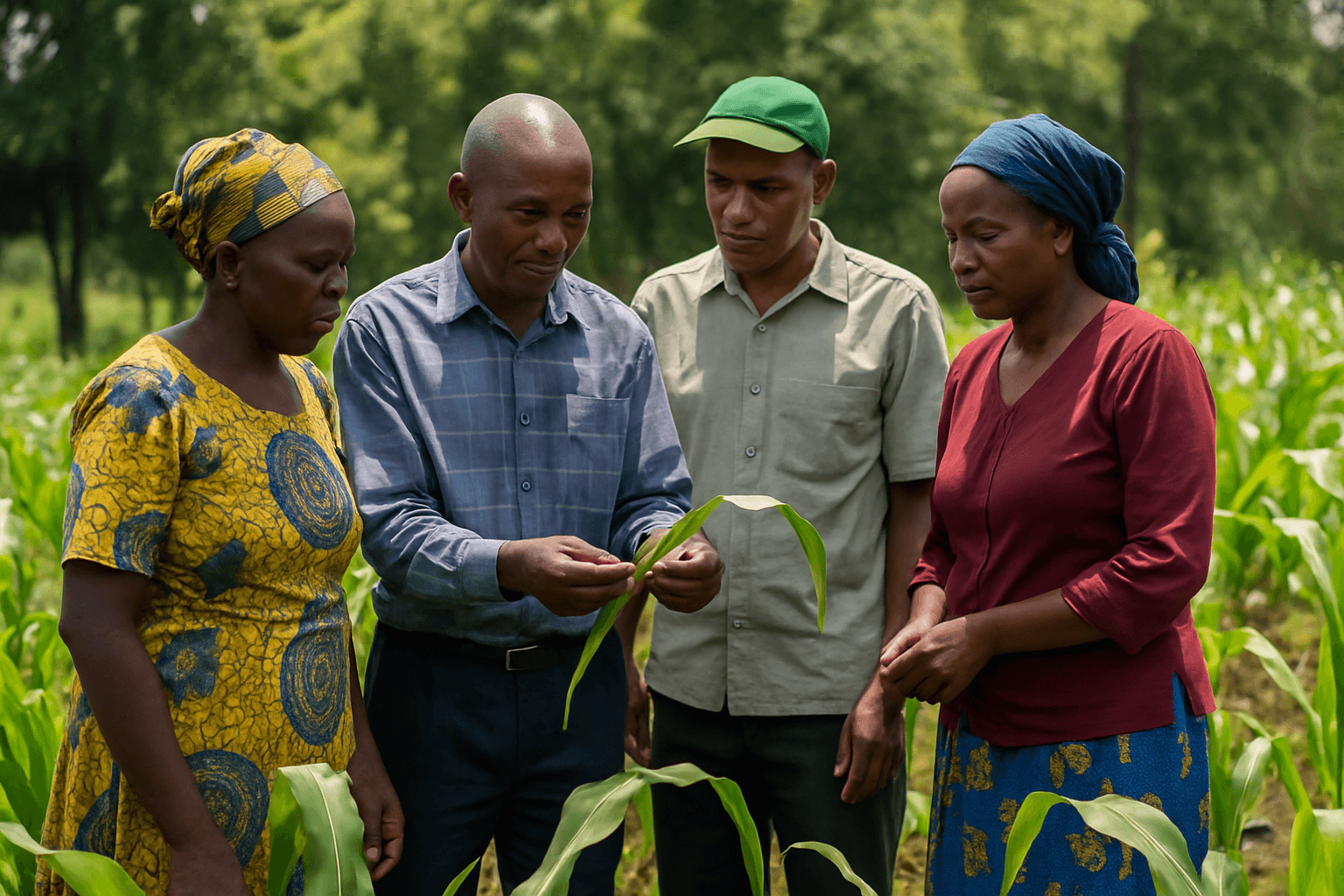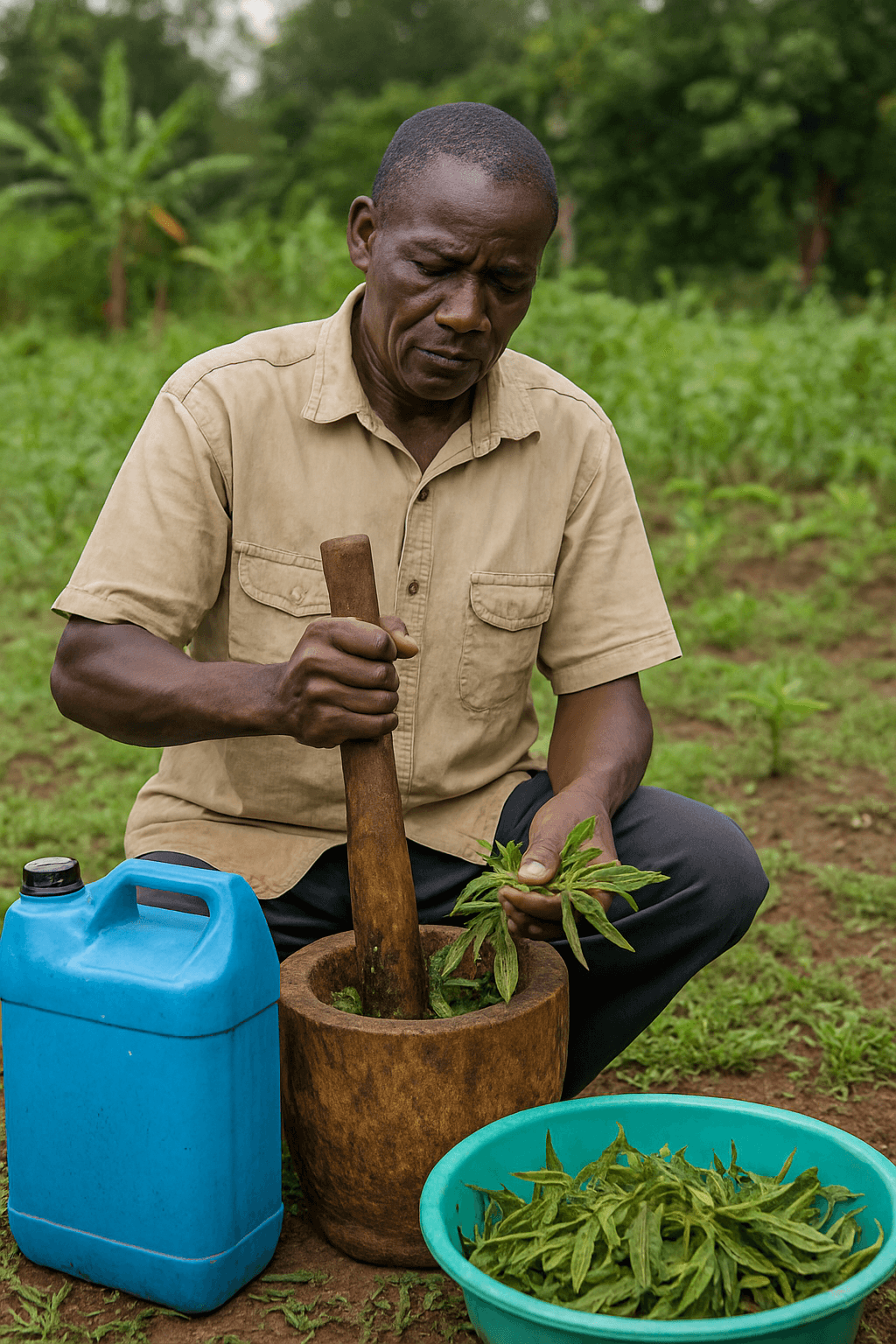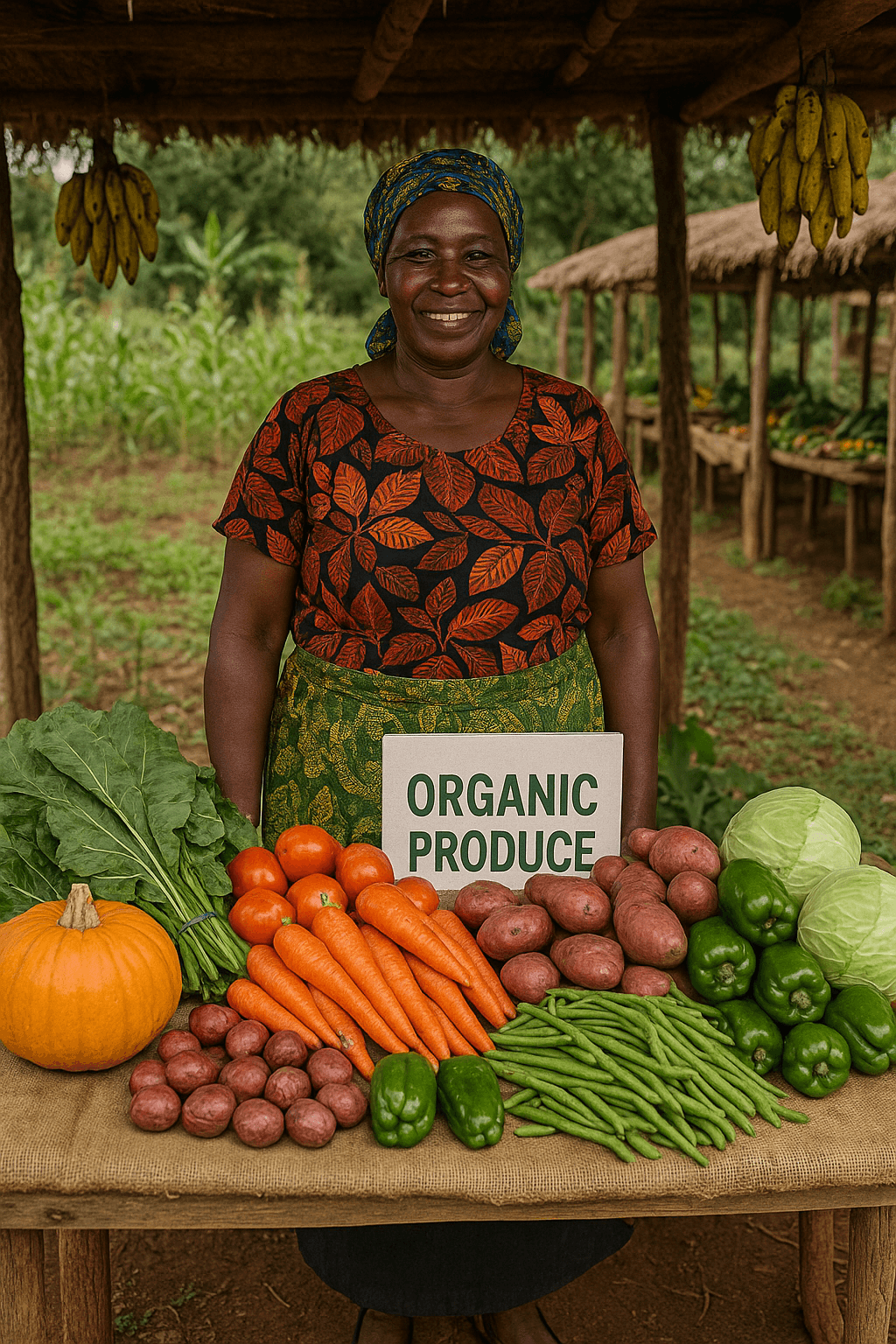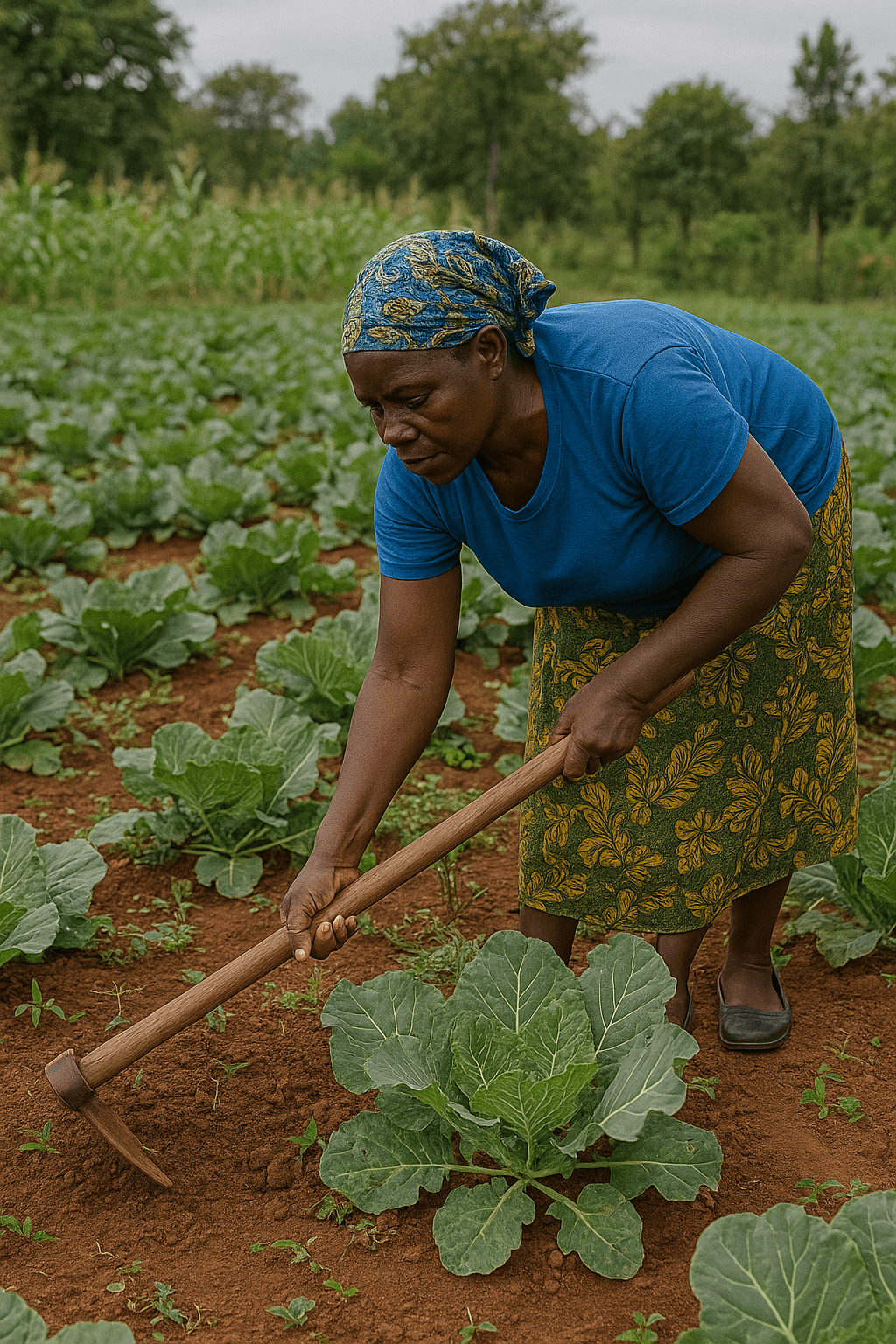
Community-Based Pest Control and Sustainable Farming in Kenya
In recent years, Kenya’s agricultural sector has witnessed a growing shift toward community-driven initiatives that emphasize sustainable farming and eco-friendly pest control methods. With agriculture being the backbone of the Kenyan economy, involving communities in managing pests while protecting the environment is critical for food security, economic growth, and public health.
This article explores how communities across Kenya are adopting innovative strategies for pest control and sustainable agriculture — and why these grassroots solutions are key to a healthier, more resilient future.

Why Community Involvement Matters in Pest Control
Effective pest management isn’t just about applying chemicals; it’s about education, participation, and innovation. Communities that understand the life cycles of pests, ecological balances, and natural control methods can reduce reliance on harmful pesticides.
- Knowledge sharing between farmers
- Early detection of pest outbreaks
- Collective action in implementing preventive measures
- Reduced costs through shared resources
Popular Community-Led Pest Control Practices in Kenya
1. Push-Pull Technology
Adopted by thousands of farmers, push-pull technology involves planting desmodium (push) to repel pests and Napier grass (pull) to attract them away from crops like maize and sorghum.
Benefits include:
- Natural pest suppression
- Improved soil health
- Increased crop yields
2. Use of Indigenous Plants
Communities are reviving the use of neem trees, chili peppers, and pyrethrum to create organic pesticides. These natural repellents are not only affordable but also minimize environmental harm.

3. Biological Control
Some farmer cooperatives rear beneficial insects like ladybugs and parasitic wasps to control destructive pests such as aphids and caterpillars naturally.
Community-Driven Approaches to Sustainable Farming
1. Crop Rotation and Diversification
Rotating different crops seasonally disrupts pest life cycles and maintains soil fertility, reducing the need for chemical interventions.
2. Organic Farming Collectives
Groups of farmers are coming together to certify organic farms, access premium markets, and advocate for cleaner farming practices.

3. Water Conservation and Soil Health
Techniques like rainwater harvesting, composting, and agroforestry are vital for sustainable farming, especially in arid and semi-arid areas.
Success Stories from Kenyan Communities
Across Kenya, success stories are emerging. In Busia County, farmer groups practicing push-pull technology report maize yield increases of over 300%. In Machakos, women’s groups producing organic pesticides have boosted household incomes while preserving local ecosystems.

The Way Forward: Empowering More Communities
For community-based solutions to thrive, ongoing support is crucial:
- Training programs in integrated pest management
- Access to affordable organic farming inputs
- Policies that reward sustainable agricultural practices
- Collaboration between government agencies, NGOs, and local leaders
By investing in communities and nurturing traditional knowledge alongside scientific innovation, Kenya can build a farming future that is resilient, productive, and environmentally sound.
Final Thoughts
Community-led initiatives are proving that pest control and sustainable farming go hand-in-hand. As more Kenyan communities champion these practices, the country moves closer to achieving food security, safeguarding biodiversity, and building a greener economy.
Together, we can grow a healthier Kenya, from the ground up.
About The Author
As a Co-founder of TotalEase Ventures, my mission is to bring high-quality, innovative products to consumers at affordable prices. With a background in business management I envisioned creating a shopping experience that was not only easy and enjoyable but also personalized to meet the unique needs and preferences of each customer.